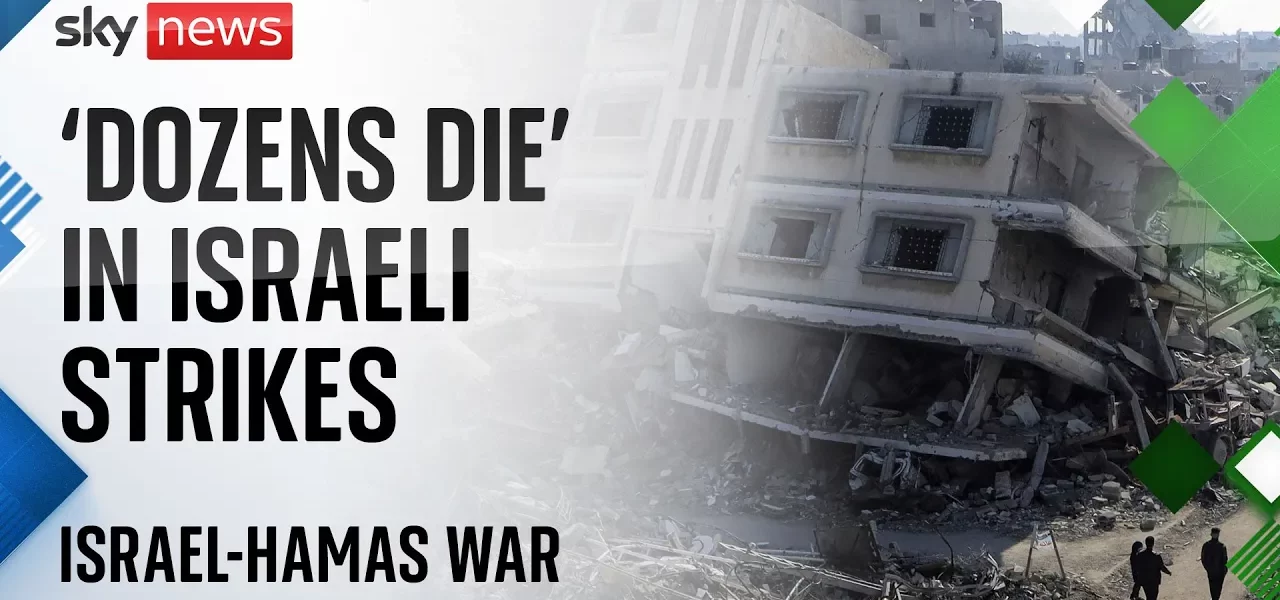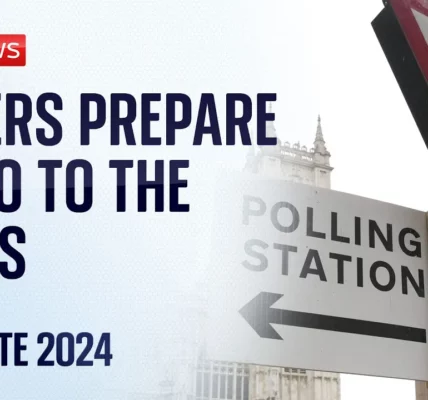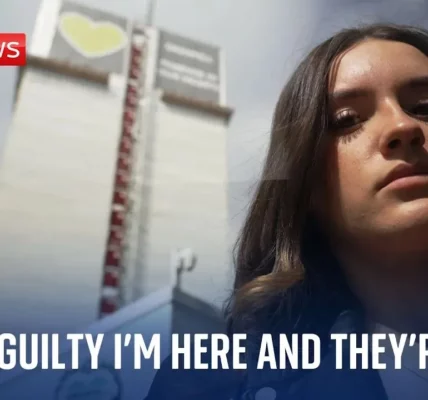Current Situation in Gaza: Recent Developments and Humanitarian Impact

Join us as we explore the latest updates on the ongoing conflict in Gaza, focusing on the recent Israeli airstrikes, their consequences on the civilian population, and the broader implications for regional stability.
Introduction
The humanitarian crisis in Gaza has reached alarming levels following a series of Israeli airstrikes over the past 24 hours. Reports indicate that at least 50 individuals have been killed, contributing to a staggering total of over 42,500 fatalities since the conflict escalated on October 7th. This article delves into the grim realities facing the residents of Gaza, the implications of the ongoing hostilities, and the responses from various international actors.
Recent Israeli Strikes and Casualties
In the past day alone, three significant Israeli strikes have resulted in devastating consequences, particularly in the Jabalia and Al-Magazi refugee camps. The Health Ministry in Gaza has released harrowing updates on the current death toll and the conditions in local hospitals.
Details of the Strikes
- Jabalia Refugee Camp: At least 33 casualties have been reported, with many more injured. This area has been a focal point of recent military actions.
- Al-Magazi Refugee Camp: A strike here tragically killed 11 members of the same family, highlighting the indiscriminate nature of the violence.
- Central Gaza: Reports indicate that at least 10 individuals, including two children, lost their lives as a result of ongoing airstrikes.
The Humanitarian Crisis
The situation in Gaza is dire, with hospitals overwhelmed by the influx of injured civilians. The Al-Aqsa hospital, among others, has been receiving casualties throughout the night, painting a grim picture of the ongoing humanitarian crisis.
Challenges Faced by Medical Facilities
- Overcrowding: Hospitals are struggling to cope with the sheer number of casualties.
- Resource Shortages: Medical supplies and essential resources are dwindling, complicating treatment efforts.
- Power Outages: Facilities have been cut off from power, exacerbating the challenges faced by medical staff.
Impact on Civilians
As military actions continue, the civilian population bears the brunt of the conflict. Reports indicate that many of the victims are women and children, raising serious concerns about the protection of non-combatants in conflict zones.
Political Implications and International Reactions
The recent developments in Gaza have not only intensified the humanitarian crisis but also sparked international reactions and political discourse. The statements from Iranian leadership and the implications of Hamas’s operational tactics are critical to understanding the broader context of the conflict.
Iran’s Stance on Hamas
In light of the recent events, Ayatollah Ali Khamenei asserted that Hamas remains a resilient force despite the death of its leader, Yahya Sinwar. This statement underscores Iran’s continued support for Hamas and its role in the regional dynamics of the conflict.
Challenges in Targeting Hamas
Israeli operations aimed at eliminating Hamas leadership have encountered significant challenges. Reports indicate that Yahya Sinwar was killed almost inadvertently during a broader military offensive, raising questions about the effectiveness of intelligence efforts and the complexities involved in targeting such elusive figures.
Conclusion
The situation in Gaza remains critical as the cycle of violence continues to escalate, leaving countless civilians in peril. The recent airstrikes have resulted in numerous casualties, further complicating the already dire humanitarian landscape. It is imperative for the international community to respond with urgency to address the humanitarian needs and seek pathways to de-escalate tensions. For more insights on the ongoing crisis and related topics, explore our articles on humanitarian efforts and conflict resolution strategies.
“`




